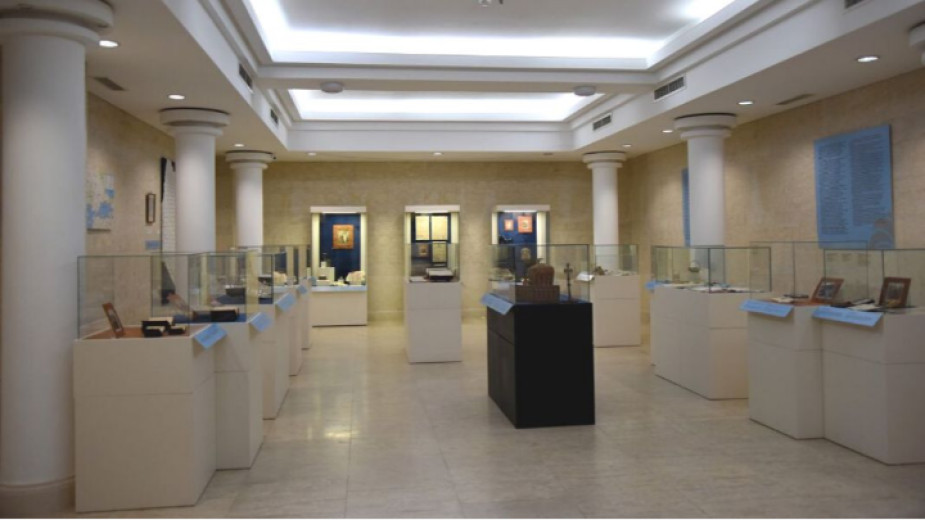 13
13
At the beginning of the 20th century, several waves of Armenian refugees arrived in Bulgaria, fleeing the horrific massacres and repressions in the Ottoman Empire and the genocide after the Greco-Turkish War (1919-1922). They carried with them the most valuable possessions: their lives and their children, as well as some personal belongings, which can be seen until November 30 in the exhibition themed “Memory” at the Regional History Museum in Sofia, dedicated to the 100th anniversary of the adoption of the Armenian refugees by the Bulgarian state.
The official unveiling of the exhibition was attended by the Ambassador Extraordinary and Plenipotentiary of the Republic of Armenia to the Republic of Armenia, H.E. Armen Edigarian, patron of the event.
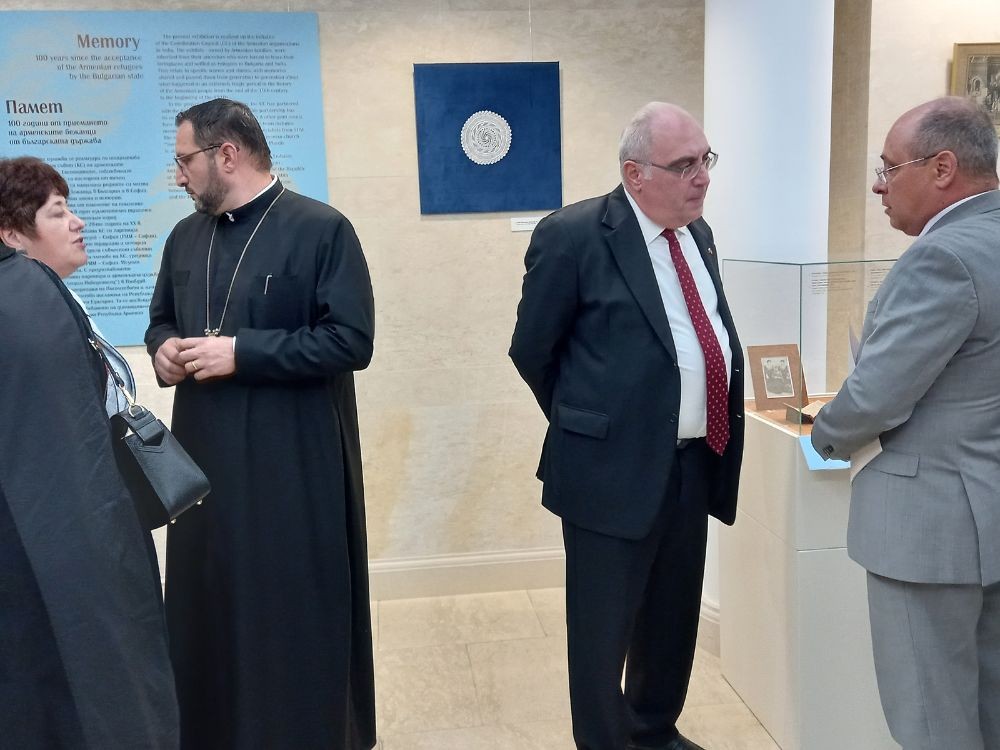
"Through this exhibition, the representatives of the Armenian community want to pay homage to their ancestors and express their gratitude to the Bulgarian government and country for accepting their ancestors here in Bulgarian lands in the 1920s. The memory of their difficult journey to Bulgaria, the warm reception and their daily life here comes to life through the objects accompanying the families in these trials and passed down through the generations," says Katelina Pavlova, curator of the exhibition.
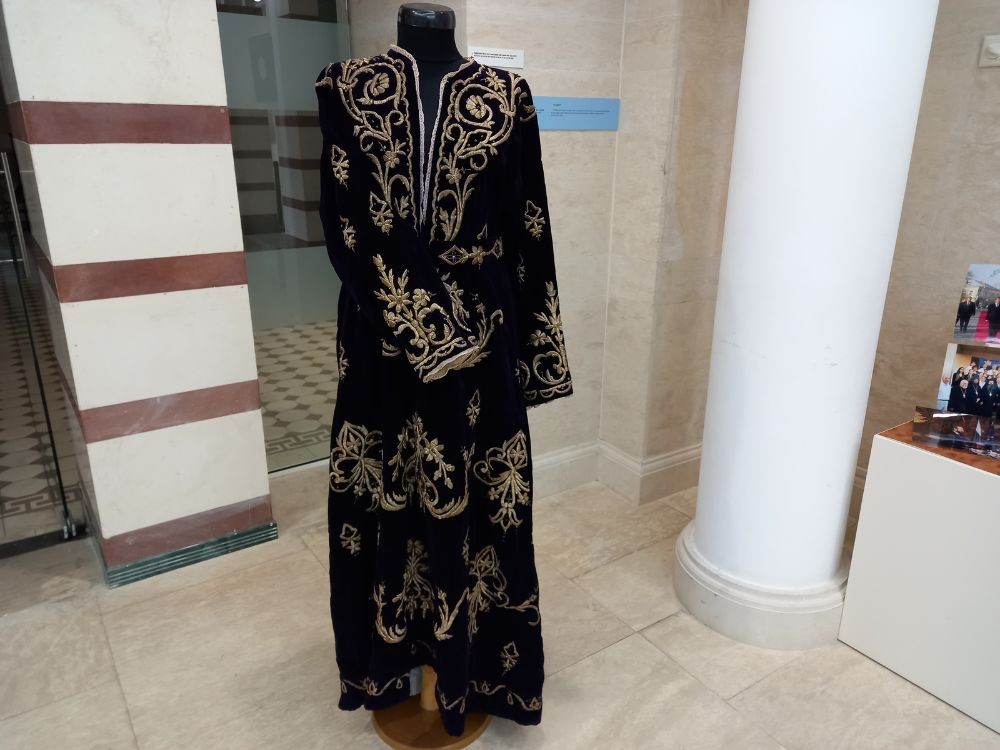
Visitors can see more than 70 exhibits, most of which are personal belongings – the top of a wedding dress with exceptional embroidery, the clothes of a child who died during the journey, an unfinished bedspread, a carpet that continues to be used in the family to this day, various documents: passports for temporary residence, business cards, family photographs, etc., as well as church utensils.
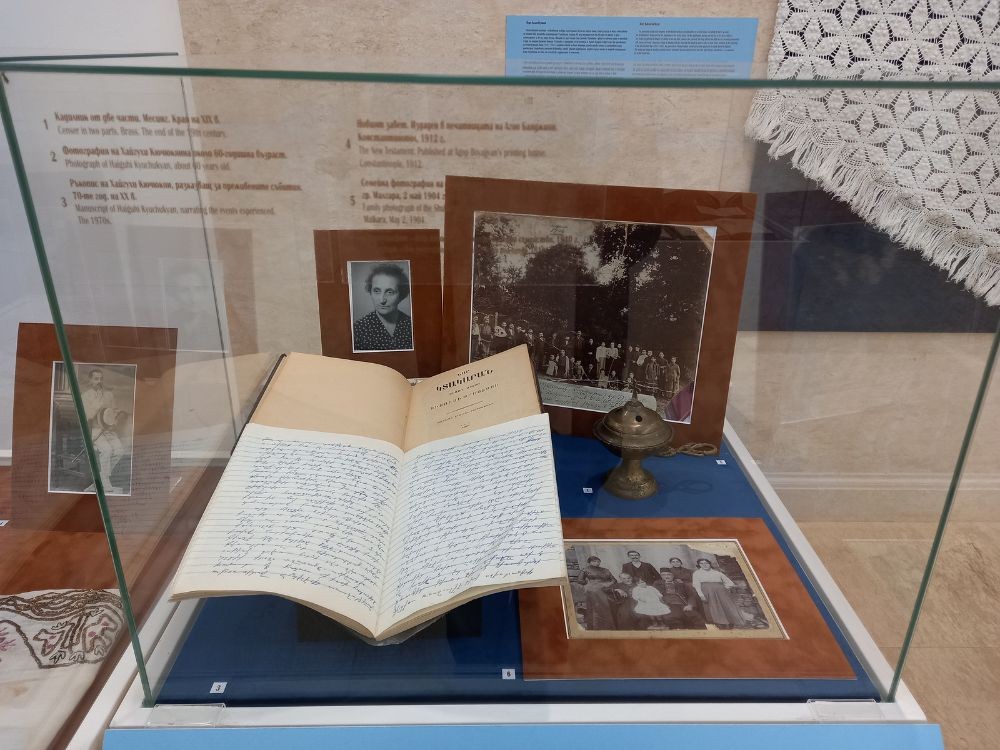
"When we decided to do this exhibition, we approached it with a lot of apprehension, because it was about collecting objects that were brought by our ancestors 100 years ago and more. But it worked. Even a small book, a photo, something very insignificant at first glance is a sign that you preserve what was handed to you as something valuable”, explains Mrs. Vartanush Topakbashiyan, editor-in-chief of Erevan newspaper. “Man has an incredible privilege - to have memory. I thank our countrymen for giving us this memory so we can show it to others”.

The items in the exhibition are accompanied by the real life stories of 18 families who fled the horror of war and the inability to stay where they were born and where they created a home and family.
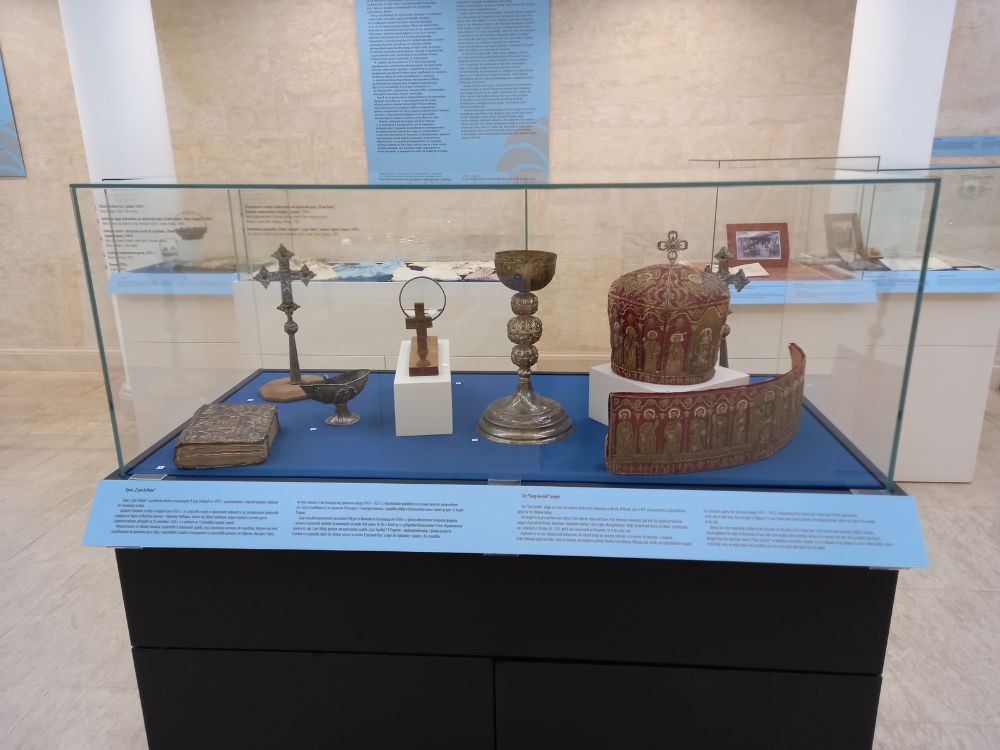
"These stories give us the opportunity to get acquainted not only visually with the objects, but also with the fates of their owners”, says Katelina Pavlova. “The exhibits are valuable in that they are not identified as items of cultural value, but are relics brought from the old Armenian lands and preserved to this day for generations in Armenian families. They are a symbol of the adoration and gratitude of the current generations to the life feat of their ancestors, a memory of what they went through in order to survive and give the beginning of a new life for the Armenian community in Bulgaria."

"This is an exhibition filled with memories that take us back to difficult times and remind us of difficult human destinies, but also an exhibition that fills us with hope for salvation, for empathy and for a new life. An exhibition that transports us to the distant past, which we have a duty to remember," Assoc. Prof. Dr. Veneta Khandzhiyska, director of the Regional History Museum in Sofia, believes.

A special guest at the exhibition was the famous Bulgarian composer, instrumentalist, poet and singer of Armenian origin, Maestro Haygashod Agasyan, who performed several works and moved the attendees to tears.
Photos: Desislava Semkovska, Regional History Museum in Sofia
On 3 April 1860, during the solemn Easter service in the Bulgarian St Stephen's Church in Istanbul, Metropolitan Hilarion of Makariopolis intentionally did not mention the name of the Ecumenical Greek Patriarch . Instead of the name of Patriarch Cyril..
Catholics in Bulgaria and around the world celebrate the Resurrection of Christ. The largest Catholic communities live in the Plovdiv and Svishtov regions. At midnight on Sunday 31 March, the Catholic churches in Bulgaria were filled with the..
It has taken the Ministry of Culture almost a year and a half to declare the St. Nicholas church in Veliko Tarnovo, built by Kolyo Ficheto, a monument of national significance, BNR’s correspondent in Veliko Tarnovo Zdravka Maslyankova reports...
The last and most destructive bombing of Sofia during World War II took place on April 17, 80 years ago. In 1944, on April 17 at..
An innovative museum site opens its doors in the military cemetery near Tutrakan. The "Tutrakan Epopee - 1916" memorial is situated in..
"Man does not know the way to heaven, but the horse does," says an ancient Thracian proverb. That is why the Thracian kings were necessarily sent to the..

+359 2 9336 661
